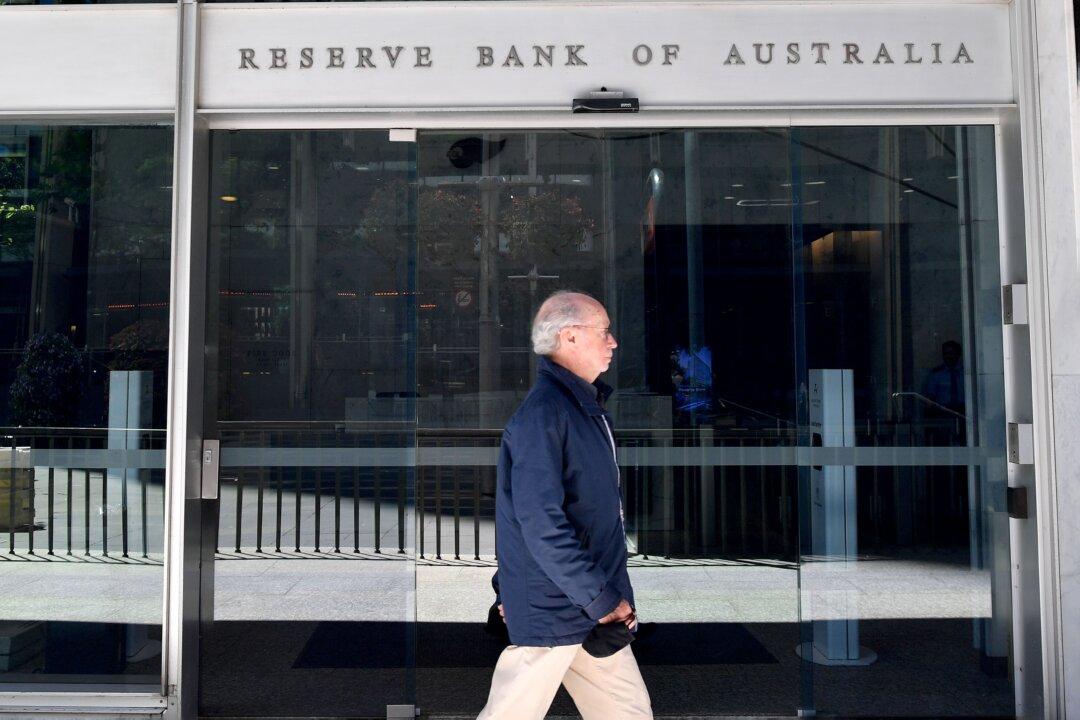The Reserve Bank of Australia (RBA) has raised the cash rate by 25 basis points to 2.85 percent, its seventh consecutive interest rate hike.
Despite the most recent data revealing inflation jumped to 7.3 percent in the September quarter, the highest level since 1990, the RBA has chosen a much less aggressive interest rate hike path compared to other countries.





